Ueno Ghost Station – Hakubutsukan-Dobutsuen Station
Tokyo is really the urban explorer’s dream city. It is such a layered city, starting with the tiny agricultural villages before the 17th century, then growing, adding, fixing, layering new things, all the while keeping some of the old, replacing a lot and creating new systems to interact with the old. One of the most visible aspects of this is the transportation network inside the city, and especially the old abandoned or disused train stations, ghost stations. I have blogged about ghost stations before, but here is one that I have always wanted to write about.
The Hakubutsukan-Dobutsuen station (博物館動物園駅) in Ueno was in daily use as late as 1997, and closed permanently on the first of April that year. I am betting there are readers of this blog that remembers using this station. It opened in 1933 as the second stop on the Keisei Honsen-line, operating between Ueno station and Narita airport in neighboring Chiba Prefecture. The station is named after its proximity to the museums and the zoos in the Ueno park area. The station was the last station in central Tokyo to still use wooden turnstiles right up to the last day of operation, giving the station a very old time feeling even when it was in operation. The bare soot stained concrete walls of the underground platform contributed to the run down look, even when it was fairly new. Students from the nearby Tokyo University of the Arts tried to liven it up a little by two murals of an elephant and a few penguins, still surviving in the old station. The station was never refurbished during its use.
There are several reasons why the station was closed. Firstly the station platform only allowed the very shortest of the trains running the line to stop there, the four car trains. As more and more trains grew longer there were serious safety and scheduling concerns over the operation of the station. The relative closeness to the starting station of Ueno, only 900m away also played a role, as did economics. In the end the station was manned by only one person and had limited opening hours.
Today the main exit of the station remains just like it did while in operation. The secondary exit is unmarked and completely shut up but still used as a storage facility for the nearby university. The building itself was designed by the architect Shunji Nakagawa in the same style as the parliament building, in a greek-roman revival style. Closed up like it is today, the worn concrete makes it look more like a mausoleum. It is fronted by two plain un-fluted tuscan columns, with a prominent parapet decorated sparingly by a balustrade screening. The parapet is lined with antefixes of acroteria, giving it a strangely greco-buddhist look.
If you travel from Ueno you can spot the station platform as you run through it not even a minute after start. It is almost pitch black though, so you’ll have to concentrate to spot it in the tunnel. The only remaining function of the station today is as an emergency exit for the tunnel, but I have been told it looks like it was abandoned only yesterday. I would love to go inside someday! Please let me know in the comments if you ever used it back in the good old days!
Katase-Enoshima – The Pacific Ocean & Mount Fuji
It is a great mystery about Mount Fuji, that the closer you get the more elusive it gets, and when you least expect or least of all look for it, there it suddenly appears in front of you on a clear and sunny day. A couple of weeks ago I visited Enoshima on the southern coast of Japan, not far from Yokohama which in turn is not too far from Tokyo to make it a very simple day trip or even half day trip. Not even on every sunny day can you see Mount Fuji from the ocean front here in Enoshima, but on this day we were lucky and the gorgeous mountain was visible throughout the day until the sun set at night.
To get to Enoshima from Tokyo it is often easiest to catch the express in Shinjuku, on the Odakyu Line. It will take you to the imaginatively designed Takase-Enoshima station (片瀬江ノ島駅), modeled after the mythical underwater castle of the dragon God of the sea, Ryujin. There are many tales and stories of the dragon, but the most famous is of Urashima Taro who spent three nights in the castle, each of which equalled a century in the outside world.
Enoshima is famous for more than the rocky island, there are also a marina, several beaches, a great aquarium and plenty of opportunities for fishing and water sports. The way to the island from the station is pretty simple and uses a long flat bridge over the ocean. Halfway along the bridge there is a landing for a couple of small boats which ferry passengers to the far side of the island, saving tourists at least an hour’s walk. In one of the photos you can see one of the boats, the Bentenmaru.
Taisha Station Interiors – Shimane Prefecture
This is the interior of the wonderful but now disused Taisha Station in Shimane Prefecture on the northern coast of Japan. The constructions is a combination of western post and beam and Japanese finishing details and exterior roofing, giving it a strangely familiar feel. It does not feel like a typical countryside station but more like a proper waiting hall. It is easy to imagine groups of people and families gathering here to pick up relatives coming to visit over the holidays or to see of young people leaving for university or work in the big city! Take a look at the destinations list and you will see that this station was unusually well connected, there are fares to most places in western Japan and all the way to Tokyo on local train routes. It must have been an interesting journey in the time of steam powered locomotives.
Economists might also find the fare table quite interesting, as it shows us a little bit about how much inflation Japan has had in these 24 years since the table was last updated. Practically zero. This corresponds to one of the stupidest foreign language media hoaxes about Japan, the myth of “the lost decades”. I am old enough to remember back in the day when inflation was something universally detested and governments won elections on their “promises” to fight inflation. These days it is the complete opposite and governments fight to establish some sort of inflation, and they often point to the example of “the Japanese lost decades”. Here is an interesting article debunking the story. Or as my Dutch friend mentioned upon visiting Japan for the first time: “for a country two and a half decades into a recession, there sure seems to be a lot of construction going on”. Indeed.
Taisha Station Building – Shimane
In the sleepy little town of Izumo, in western Shimane Prefecture on the north coast of Japan you’ll find one the most beautiful examples of train station architecture in Japan. The Taisha station was inaugurated in 1912 as the first stop of the JR Taisha Line. The original station was much humbler and in 1924 the present station building was completed to better reflect the important national status of the town of Izumo and the grand Izumotaisha shrine. It is said that the station was designed by a young man, Mr. Sota who was only 25 years old. The station has three tracks and two platforms that are unusually long for such a minor station, the reason being that the station had to accommodate special long distance trains all the way from Tokyo and even chartered private trains. There was a direct line to Tokyo running regularly in the 1950s, and special direct trains well into the 1980s. It must have been a very interesting, and slow, journey! In the peak of its use, 1960, the station saw about 2000 passengers a day, but it was gradually superseded by other train lines and on the last of March in 1990 the last train pulled into the station. Townspeople and visitors to the shrine shifted over to the 1930 Izumo Taishamae station about a 10 minute walk from the Taisha station (which I blogged about last year).
The station is designed in the style of a shrine and as such does not fit into any contemporary style of architecture, which makes it look absolutely timeless, coming as it did between the Japanese Neoclassical style of the Meiji Period and the Imperial Style of the 1930s. It is no wonder it was declared a national building treasure in 2004 and 2009. The building is ecologically designed using local materials of wood, clay infill, lime, glass and stone, a far cry from the energy intensive modern concrete buildings.





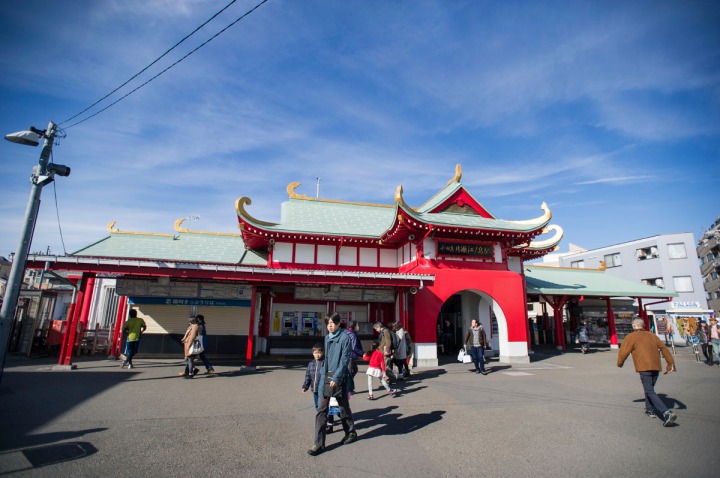
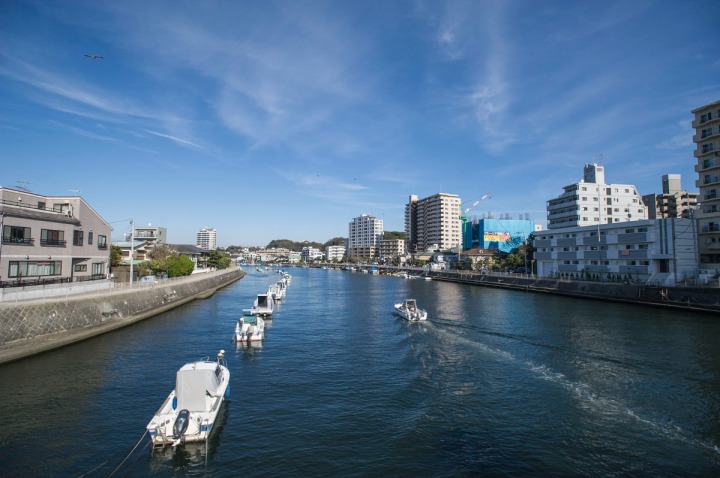

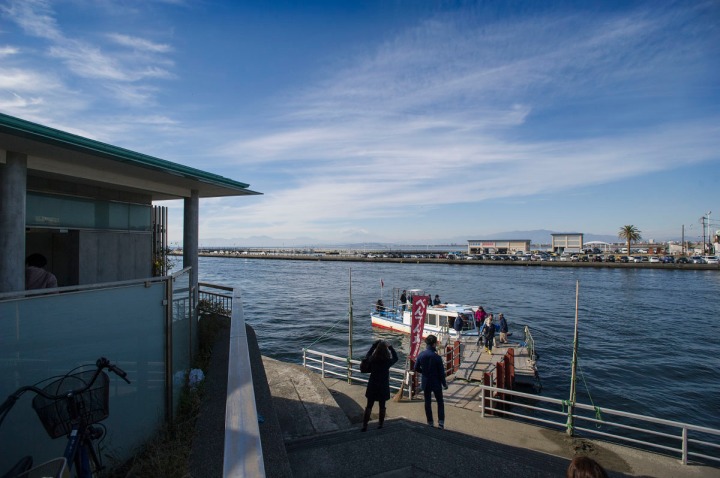
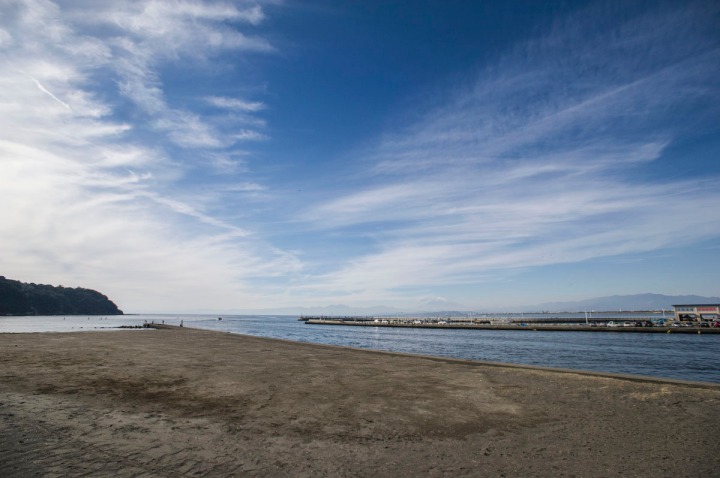
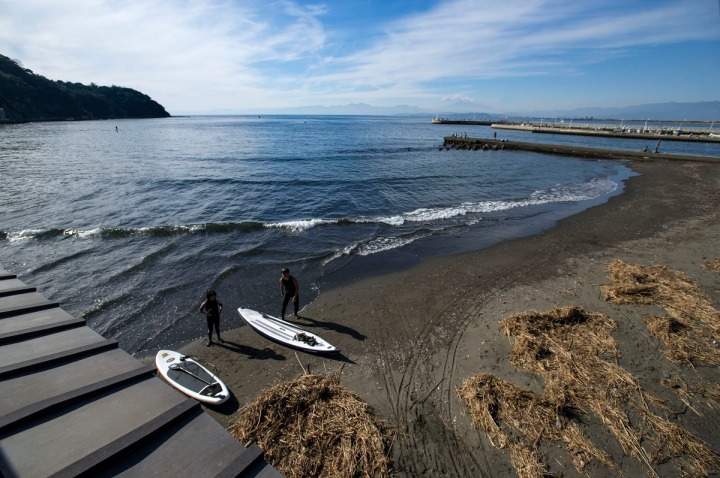
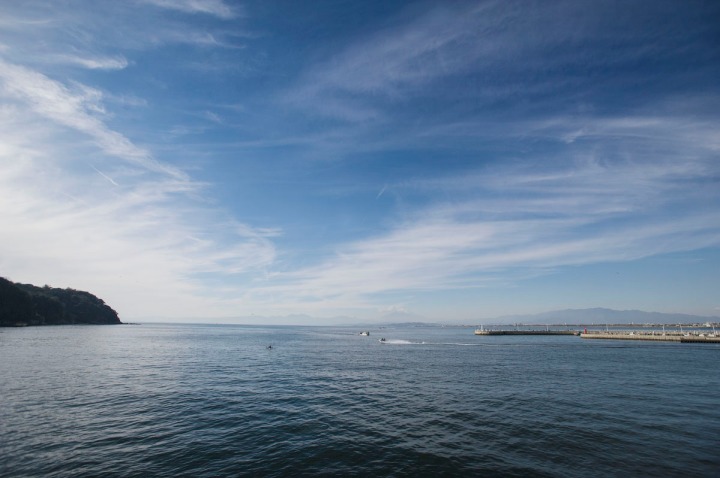
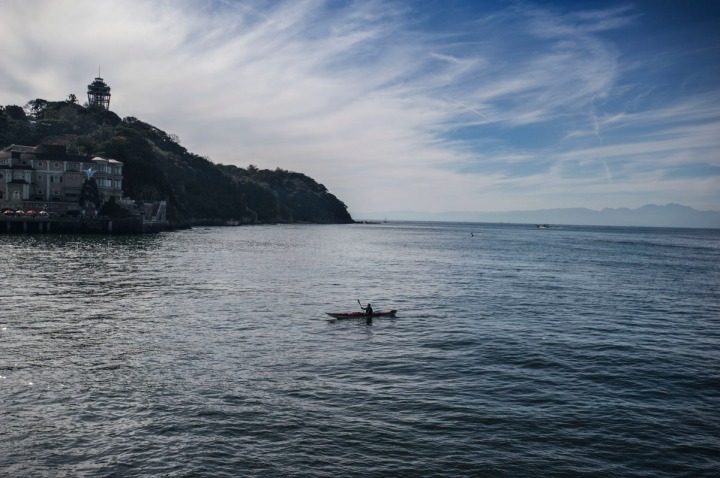
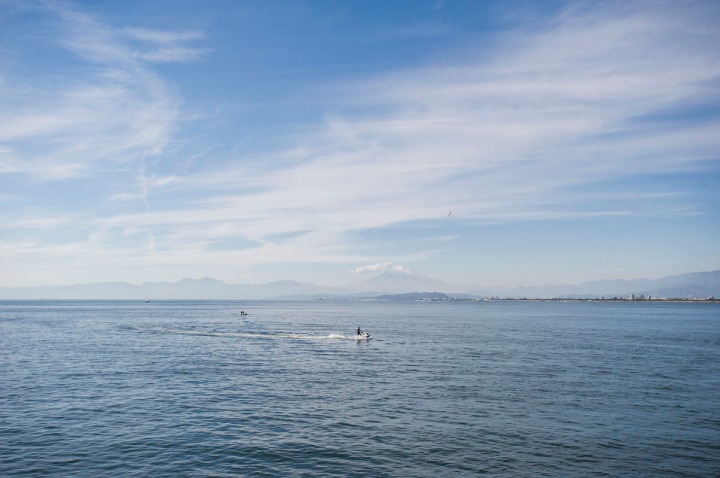
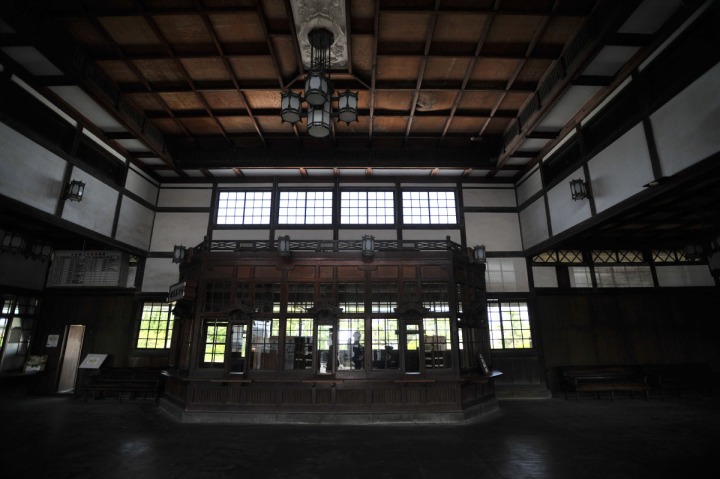









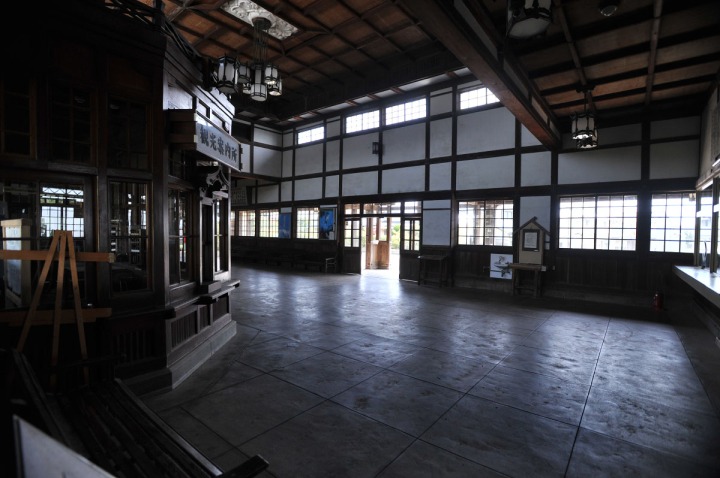
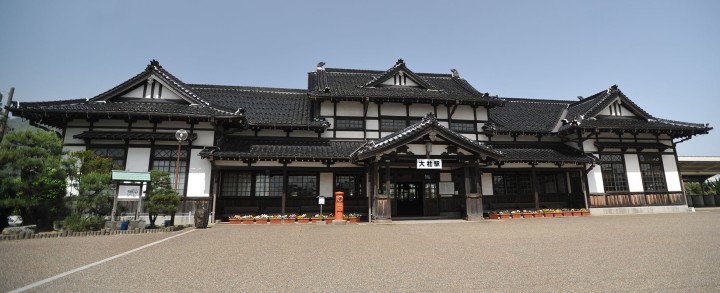
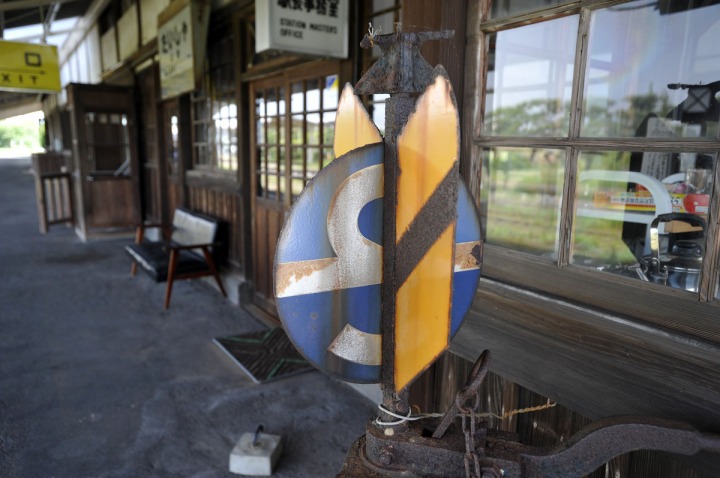




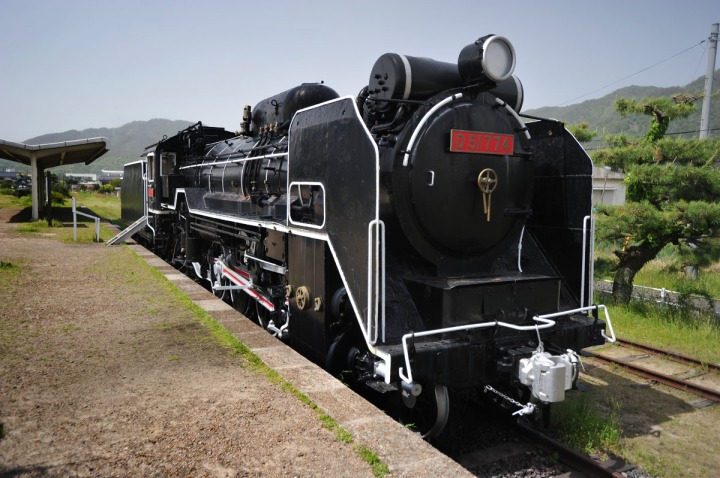
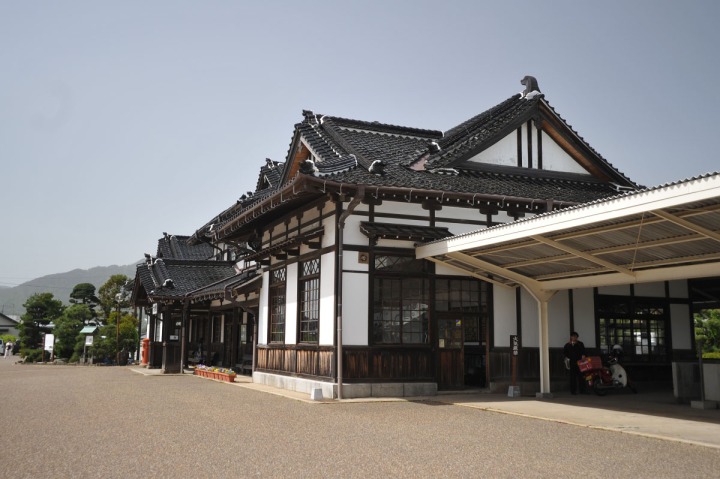
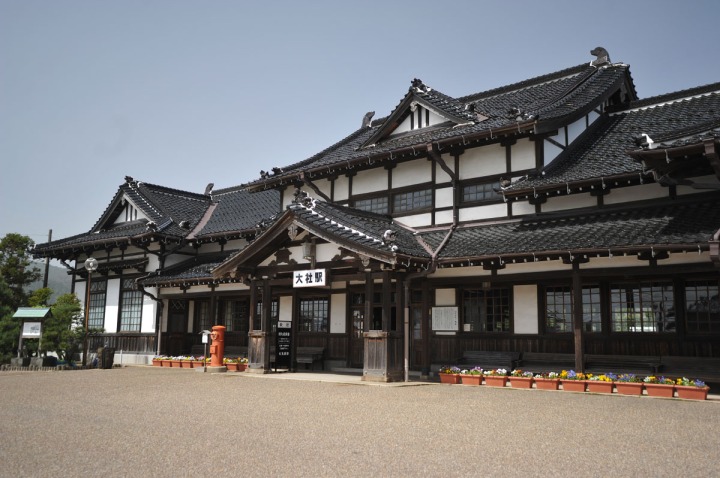
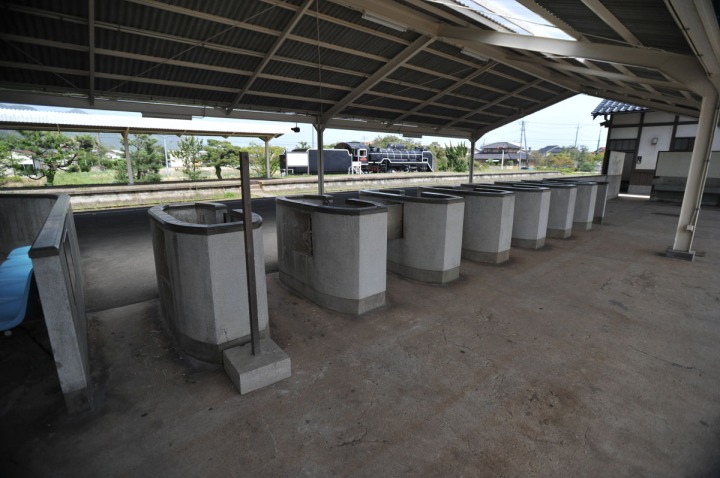
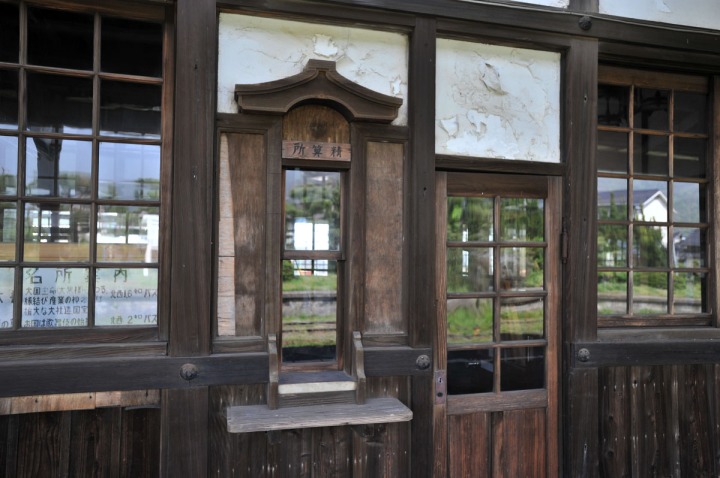
11 comments